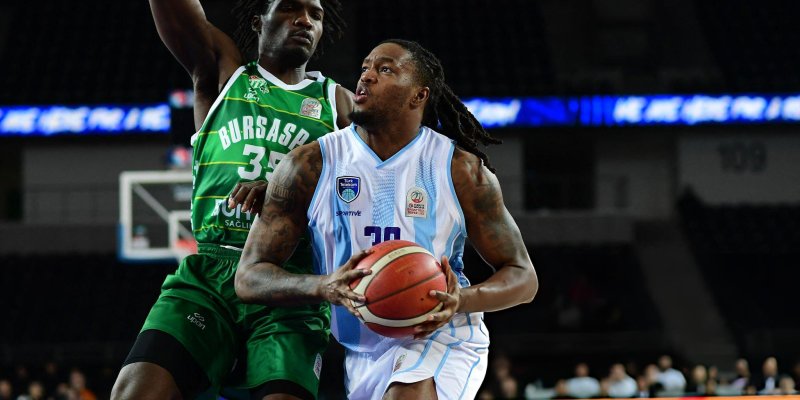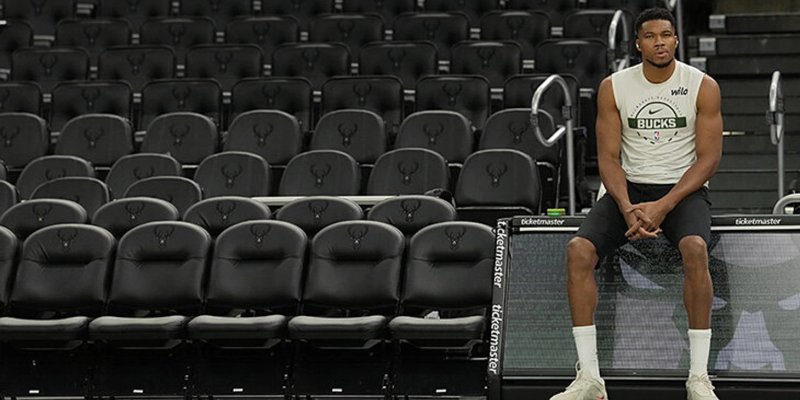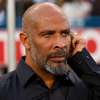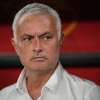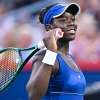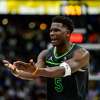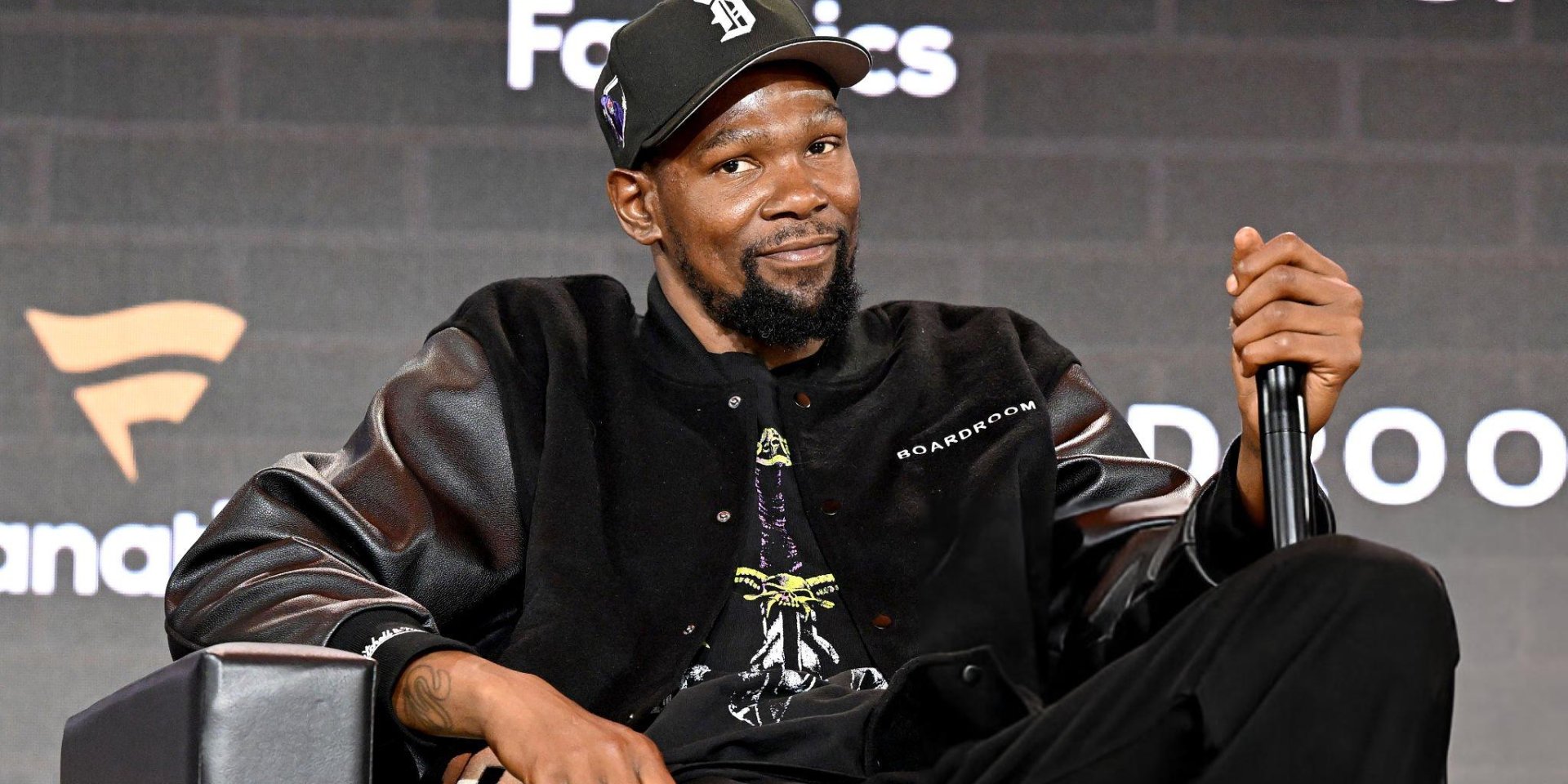
Veteran’s New Home: A Return to Texas Soil
League fans have long grown accustomed to Kevin Durant’s nomadic career. Over eighteen seasons the forward wore the colors of Seattle/Oklahoma City, Golden State, Brooklyn, and Phoenix, and now, at 36, he has once again moved closer to his collegiate roots at the University of Texas. In the summer of 2025, Durant joined the Houston Rockets, adding a new dot in the American Southwest to his personal basketball map. Such a high-profile transfer is headline-worthy on its own, yet club PR teams and insiders spiced things up by announcing that the deal would involve a record-breaking seven franchises.
Noise Out of Thin Air: Why Insiders Fanned the Flames
The “seven-team mega-trade” report surfaced between Games 6 and 7 of the Oklahoma City–Indiana Finals. While the audience was immersed in the title fight, the leak instantly shifted attention to the trade market. The phrase “seven clubs” sounded so imposing that the public expected a domino effect reminiscent of 2019, when Anthony Davis shifted tectonic plates. In reality, the core package—Jalen Green, Dillon Brooks, and a dozen draft picks—had been agreed upon back on 22 June; everything else was window dressing.
Calendar Traps of the Salary Cap

Phoenix could have finalized the deal the moment it agreed to part with its superstar, yet NBA accounting runs on a strict timer. Durant’s 2024/25 salary was $51.2 million, and during the Finals the Rockets lacked enough outgoing contracts to match it. The solution was the “Green + Brooks” package—but only after 1 July, when Jalen Green’s extension jumped to $33.3 million. Until 6 July the league “freezes” almost all trades to verify the cap and tax figures, so executives settled for a verbal agreement and waited patiently for the official window to open.
Draft Theater of the Absurd: Hats That Don’t Fit
The delay produced comic scenes at the draft. The tenth pick of 2025 formally belonged to Houston, yet Phoenix’s front office made the decision. Thus 218-centimeter Haman Malouach, crying in a Rockets cap, already knew he was headed to Arizona. Later photographers handed him the correct cap to keep the show from turning into farce. Pick 59 was even funnier: Phoenix managed to trade an asset it did not officially hold yet. The NBA is used to “secret agent” selections on draft night, but this delay was close to record-breaking.
Seven-Piece Puzzle: The Trade Under a Microscope
Below is the full configuration of the biggest deal of the 2025 offseason.
- Rockets: Kevin Durant and Clint Capela;
- Suns: Jalen Green, Dillon Brooks, the 10th pick, No. 31, No. 41, two future second-round picks from Houston, and DaQuan Plowden;
- Lakers: No. 36;
- Timberwolves: No. 45 and two future second-rounders from Arizona;
- Warriors: No. 52 and No. 59;
- Hawks: David Roddy and a 2031 second-round swap;
- Nets: Houston’s second-round picks in 2026 and 2030.
Only six players on real contracts—fewer than the number of teams involved. Moreover, Plowden and Roddy are on two-way deals; the Hawks waived their “trophy” immediately. Multi-team trade rules require every participant to send something to and receive something from two partners, so the cheapest chips were tossed into the fire.
Clint Capela — The Hidden Engine of the Scheme
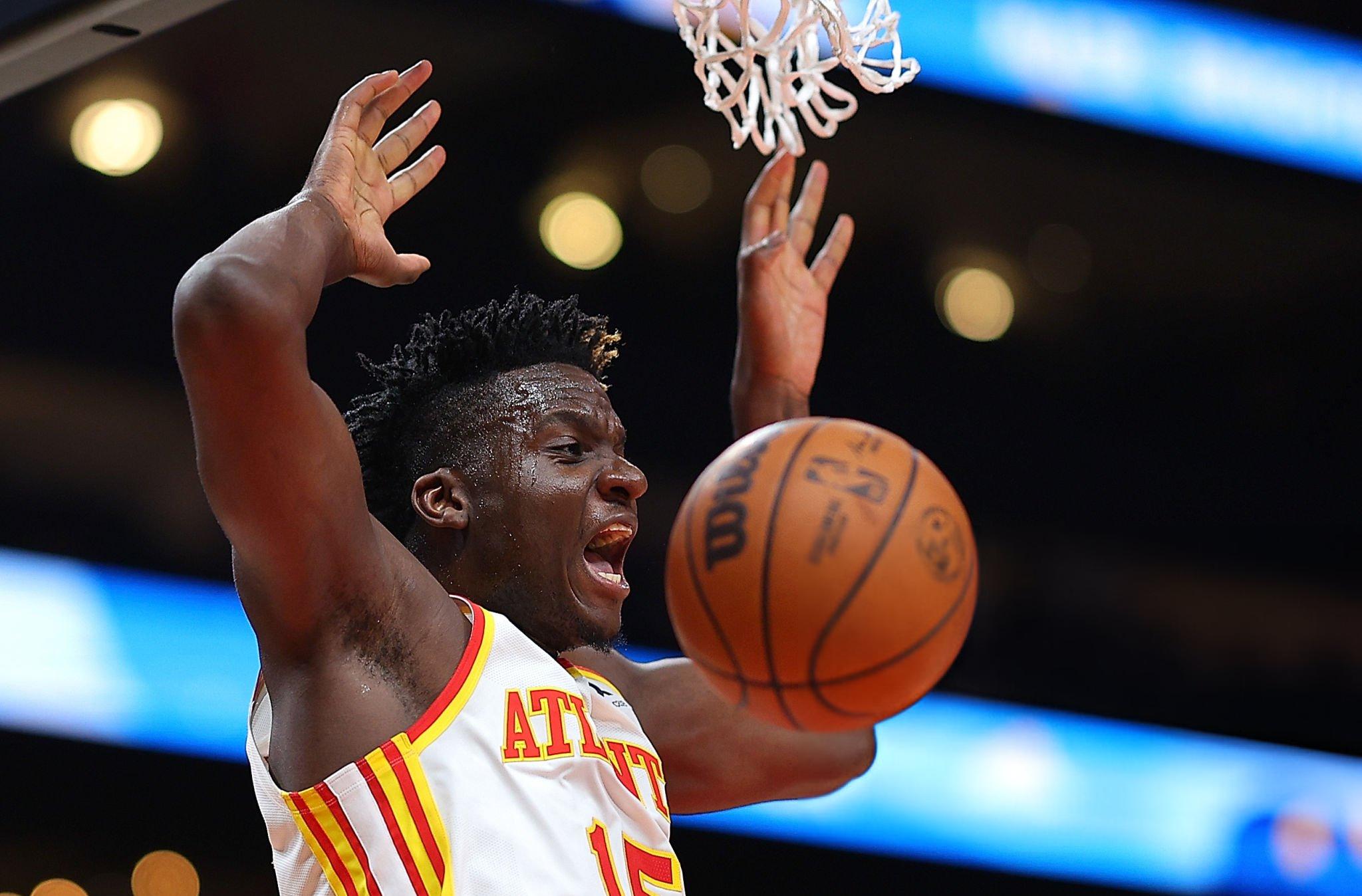
Paradoxically, Kevin Durant turned out to be a distraction in this story. The central knot was 30-year-old Clint Capela. Houston wanted the Swiss center back, but in free agency had only $14 million in cap room—money already allocated to Dorian Finney-Smith. The answer was a sign-and-trade: Atlanta re-signed Capela and immediately shipped him to Texas. To absorb the extra salary (about $10 million), the Rockets bundled him with Durant’s contract, while the Hawks received a token reward—a 2031 pick swap. They also dumped an expendable two-way deal, and Houston took a matching one to satisfy the “everyone gives, everyone gets” rule.
Grandmaster Move with Picks: How the Suns Climbed the Second Round
- Buying No. 36. The Suns sent two 2026/2030 second-round picks to the Nets for No. 36; Brooklyn, loaded with youngsters, welcomed future assets.
- Leaping to No. 31. The freshly acquired No. 36 plus two more second-rounders went to the Timberwolves, who slid down to make room for veterans.
- The Laker Hills Gold. Minnesota kept sliding, selling its new No. 36 to the Lakers for $3.25 million in cash; California selected March hero Adou Thiero.
- Final Swap with the Warriors. The Suns traded No. 52 and No. 59 to Golden State for No. 41, selecting sharpshooter Kobe Brea.
Each step could have taken place separately, but to lighten the paperwork they “stitched” everything into one giant transaction. Thus the protocol proudly displayed the neat figure “seven.”
A Record for the Sake of a Record: Who Benefited?
Phoenix earned an “innovator” label and grabbed two higher second-round spots; Houston got a duo of stars of different calibers for a 2026 title push; Atlanta, Brooklyn, and company pocketed small change for a rainy day. In truth, two parallel three- and four-team trades would have done the job—minus any record.
Main Takeaway: Numbers Impress, Substance Disappoints
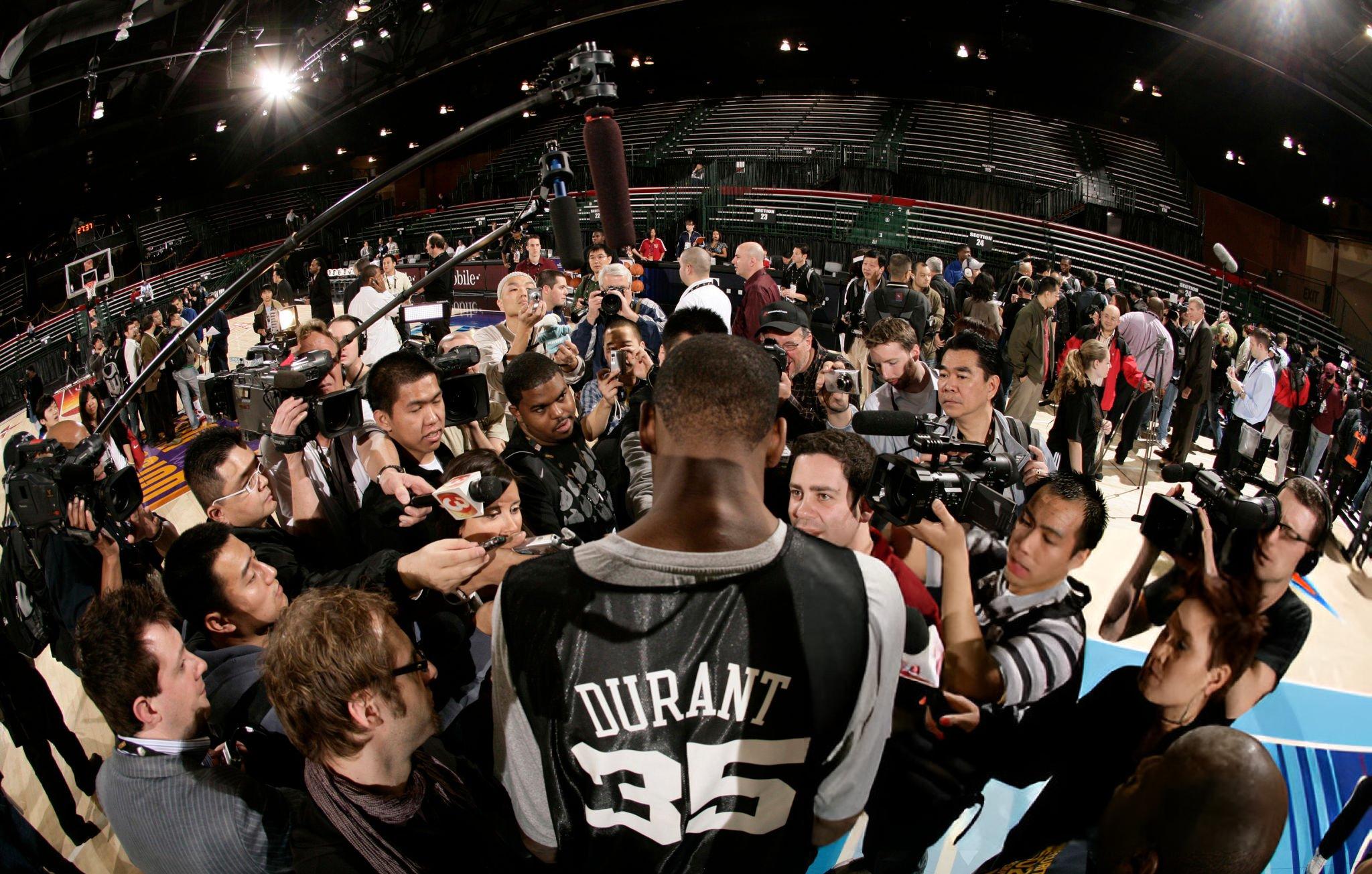
NBA fans have long lost the ability to be surprised by Kevin Durant’s travels, yet this time the attempt was to amaze them with form rather than substance. Seven logos in a single trade line look sensational until you lift the lid and find a modest ledger: six players, a dozen picks, and a pair of marginal contracts. The Suns stitched the deal to boast of “history” and simultaneously wrote the reason why the record may go unnoticed. The dry fact remains: Durant moved again, and the real winner is the salary-cap calendar and old-school accounting rules. If this is the best the refreshed Phoenix front office can devise, fans should wish for new victories on the court rather than new records in the books.

